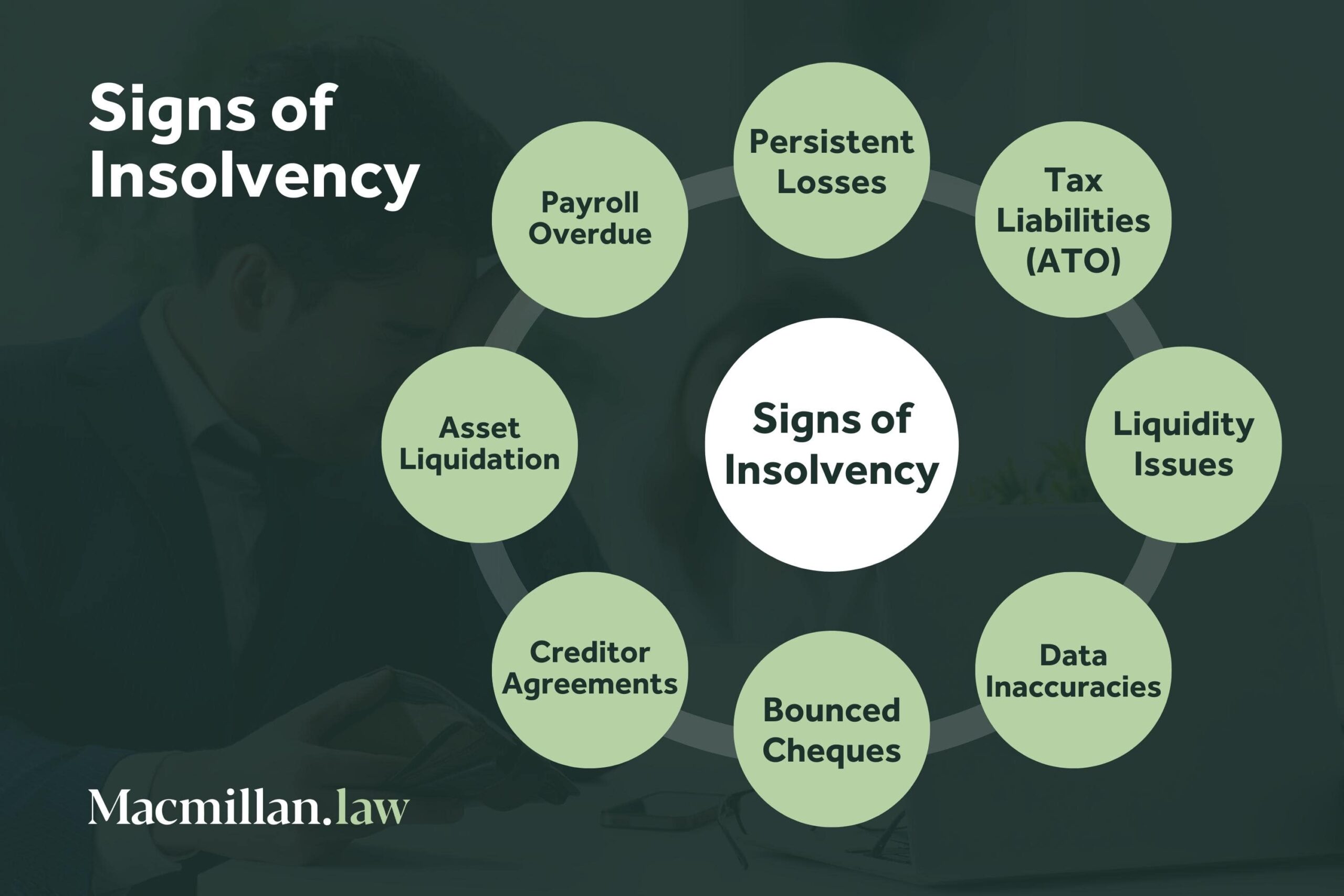6 Simple Techniques For Insolvency Practitioner
6 Simple Techniques For Insolvency Practitioner
Blog Article
The Buzz on Insolvency Practitioner
Table of ContentsFascination About Insolvency PractitionerFascination About Insolvency PractitionerSome Of Insolvency PractitionerThe Ultimate Guide To Insolvency PractitionerSome Known Details About Insolvency Practitioner What Does Insolvency Practitioner Do?The smart Trick of Insolvency Practitioner That Nobody is Talking About
Insurance coverage is kept track of and regulated by state insurance divisions, and one of their primary purposes is securing insurance holders from the danger of a company in economic distress. When a business gets in a duration of monetary difficulty and is not able to meet its obligations, the insurance coverage commissioner in the company's home state starts a processdictated by the legislations of the statewhereby efforts are made to assist the company reclaim its monetary footing.If it is established that the firm can not be rehabilitated, the business is declared insolvent, and the commissioner will certainly ask the state court to buy the liquidation of the business. The insurance policy commissioner, either appointed by the governor or chosen, heads the state insurance policy department and displays and manages insurance policy activity within the state.
By acquiring control of a company, the commissioner (or the insurance coverage department) is, by legislation, the rehabilitator or liquidator of the company. In this capability, the commissioner or department takes control of the firm's procedures. Rather than do so directly, the commissioner may preserve a special deputy receiver to oversee the business's activities.
Top Guidelines Of Insolvency Practitioner
The receiver oversees an audit of the business's assets and liabilities and carries out the estate of the business. In doing so, the receiver looks for to make the most of the business's properties, move them to cash money, and after that disperse that cash money to financial institutions having valid cases versus the insurance firm in accordance with settlement priorities specified by state legislation (in all states, policyholders are top priority plaintiffs whose cases are paid prior to those of general lenders).
All insurance provider (with restricted exceptions) accredited to sell life or wellness insurance policy or annuities in a state need to be members of that state's warranty organization. The guaranty organization cooperates with the commissioner and the receiver in pre-liquidation preparation. When the liquidation is gotten, the guaranty organization offers coverage to the business's insurance policy holders that are state locals (approximately the degrees specified by state lawssee below; any kind of benefit amounts above the guaranty asociation benefit levels become insurance claims versus the business's continuing to be possessions).
Excitement About Insolvency Practitioner
The above coverage degrees use separately for each financially troubled insurance company. [Back] When an insurance firm falls short and there is a shortage of funds required to meet the responsibilities to policyholders, state warranty associations are activated. Warranty organizations have 2 major sources of financing when giving protection to insurance policy holders. Guaranty associations have subrogation legal rights to a proportionate share of the properties staying in the stopped working insurance firm.
Second, insurance companies doing company in that state are evaluated a share of the quantity needed to meet the section of the warranty associations' protected insurance claims not otherwise moneyed with estate possessions. The amount insurers are examined is based on the quantity of premiums that they collect because state. [Back] The National Organization of Life and Medical Insurance Guaranty Organizations (NOLHGA) is composed of the life and medical insurance guaranty organizations find more information of all 50 states and the District of Columbia.
NOLHGA establishes a job force of representative guaranty organizations to collaborate with the insurance coverage commissioner to create a plan to secure insurance holders. For additional information on NOLHGA's role while doing so, see "What Is NOLHGA?" and "The Safeguard at the office." [Back]
4 Simple Techniques For Insolvency Practitioner

Anticipating protection by assisting you select the appropriate clients and the right markets to avoid negative debt to begin with, many thanks to intense financial evaluation. Thorough market knowledge, supplying you with 360-degree presence on business markets and putting at risk problems. It would certainly be a simplification to assume a profession credit score insurance starts and finishes with premiums and pay-outs.

What Does Insolvency Practitioner Mean?
Why does a firm enter into bankruptcy? There are a number of factors why a firm may get in right into bankruptcy.
Various other factors for insolvency include scams, mismanagement, and unanticipated prices. Insolvency can likewise lead to job losses and the closure of businesses.
The Best Guide To Insolvency Practitioner
The firm might be compelled to sell properties, lay off staff or even close down. Creditors might be left out of pocket and the business's shareholders may see their investment vanish.
This can happen for a number of you can find out more factors, including bad monetary management, unforeseen costs, or an adjustment in the marketplace. If a company is bankrupt, it may be required to shut down or sell off possessions to pay financial institutions. This can have a major influence on business, workers, and shareholders.
Why does a firm get in into insolvency? There are a number of reasons why a company may enter right into bankruptcy.
The Main Principles Of Insolvency Practitioner
Various other reasons for insolvency include fraud, mismanagement, and unexpected costs. Insolvency can additionally lead to work losses and the closure of services.
The business may be compelled to market properties, lay off personnel or even close down. Creditors may be left out of pocket and the company's shareholders may see their investment go away.
Report this page